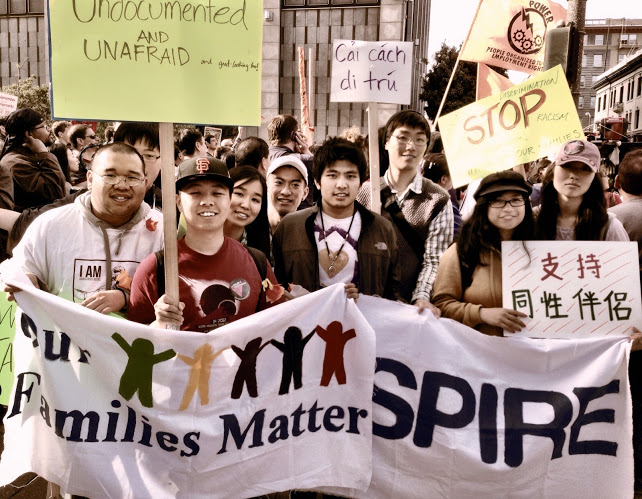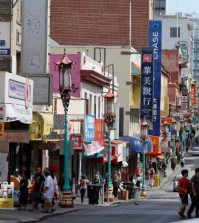- California Assembly OKs highest minimum wage in nation
- S. Korea unveils first graphic cigarette warnings
- US joins with South Korea, Japan in bid to deter North Korea
- LPGA golfer Chun In-gee finally back in action
- S. Korea won’t be top seed in final World Cup qualification round
- US men’s soccer misses 2nd straight Olympics
- US back on track in qualifying with 4-0 win over Guatemala
- High-intensity workout injuries spawn cottage industry
- CDC expands range of Zika mosquitoes into parts of Northeast
- Who knew? ‘The Walking Dead’ is helping families connect
[WaPo] Calling Asian Americans model minority glosses over crucial issues
Asians Americans and Pacific Islanders (AAPI) are the fastest growing racial group in the United States; their population is expected to double to more than 47 million by 2060. Yet the needs of these communities are rarely discussed,because AAPIs, in the aggregate, are also the highest-income and best-educated ethnic groups in the United States. A common perception is that they are the model minority: the doctors, techno wizards, and successful business owners.
The success isn’t, however, evenly distributed, and these communities face serious problems, just as other minority groups do. The White House Initiative on Asian Americans and Pacific Islanders (WHIAAPI) often cites compelling data to make this case: Asian American and African American students have the highest rates of remedial coursework; one out of four Korean Americans go without health insurance; one of every three AAPIs is limited in English proficiency; and only 18 percent of Native Hawaiians and Pacific Islanders over the age of 25 hold a college degree.
The model minority label makes things worse for large sections of these communities, because their needs are often overlooked or misunderstood and then rarely addressed in government programs and by social-service organizations. Lack of disaggregated data perpetuates this label.















